SUMMARY
This is AI generated summarization, which may have errors. For context, always refer to the full article.
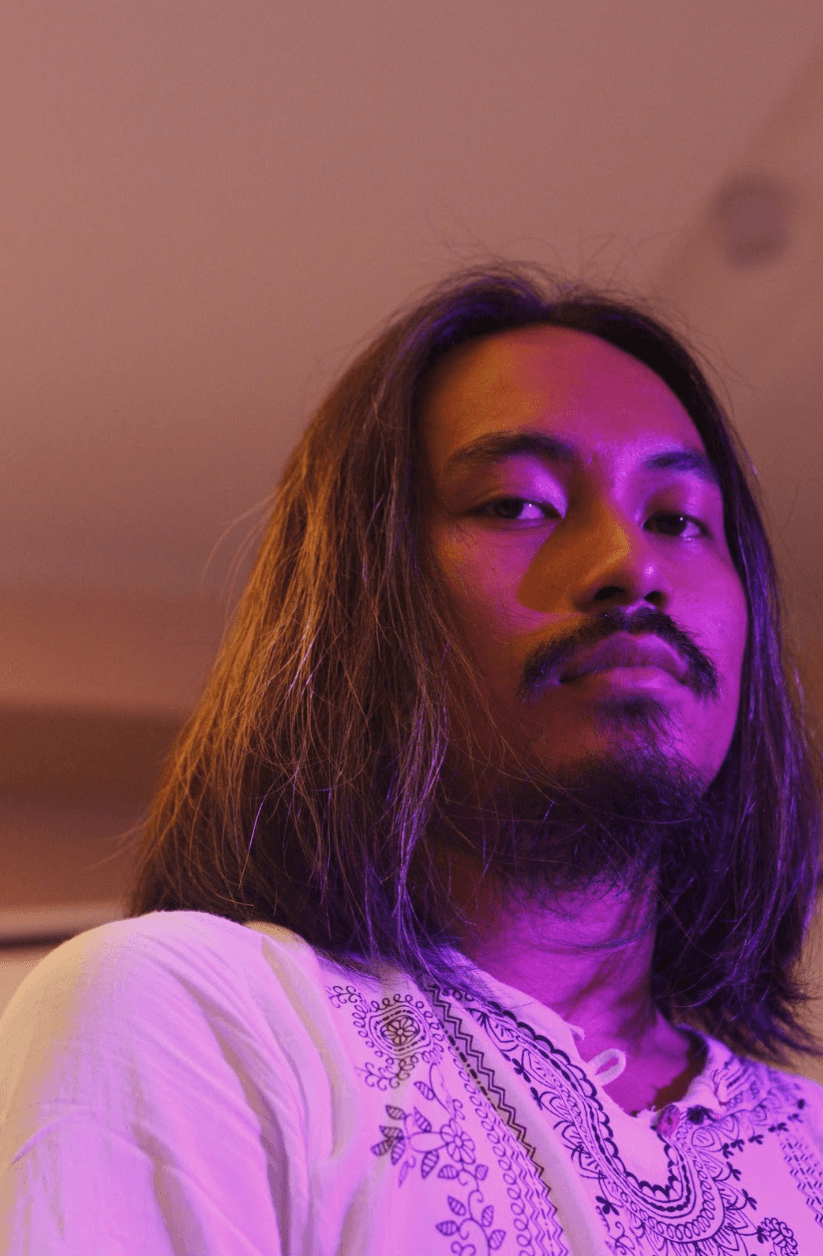
Distinct for its bold patterns, vibrant colors, and indispensable nationalist themes, Armand Dayoha’s art is not only the compendium of all his learnings as a psychology graduate and a current student of fine arts, but also a product of where he stands in society.
Armand does digital illustrations and also hand paints. With only a glance at the intricate patterns woven together on inherently Filipino subjects – from the mundane cat and dog, to haunting mythical creatures – the viewer will know the opus is a Dayoha.
“Grabe ang decorative nga aspect sa akong style nga naay sense of horror vacui wherein almost all empty spaces of the canvas are filled with patterns,” the artist describes.
(The decorative aspect in my style is intense because it carries a sense of horror vacui wherein almost all empty spaces of the canvas are filled with patterns.)

In 2020, during his first year as a Fine Arts student, Armand became a finalist at the National Artist Jose Joya Awards, an annual event in the University of the Philippines Cebu.
But, apart from art exhibitions and standard school requirements, Armand also lends his artistry for publicity materials in social campaigns.
Artist in society
For Armand, he cannot isolate his art from his activism. He believes the artist does not live in a bubble. Artists are subject to the workings of society, and consequently, are also affected by their place in it.
“Ang artists kay dili siya separate from the society that he or she belongs to, nor independent ang art production from social happenings,” he said.
(The artist is not separate from the society that he or she belongs to nor is art production independent from social happenings.)
“Gatuo man god ko sa una nga art is for self expression, pero kadugayan nakapangutana ko, kinsa ang self? Asa siya nasituate,” he added.
(I used to believe that art is for self expression, but later I asked, who is the self? Where is he situated?)
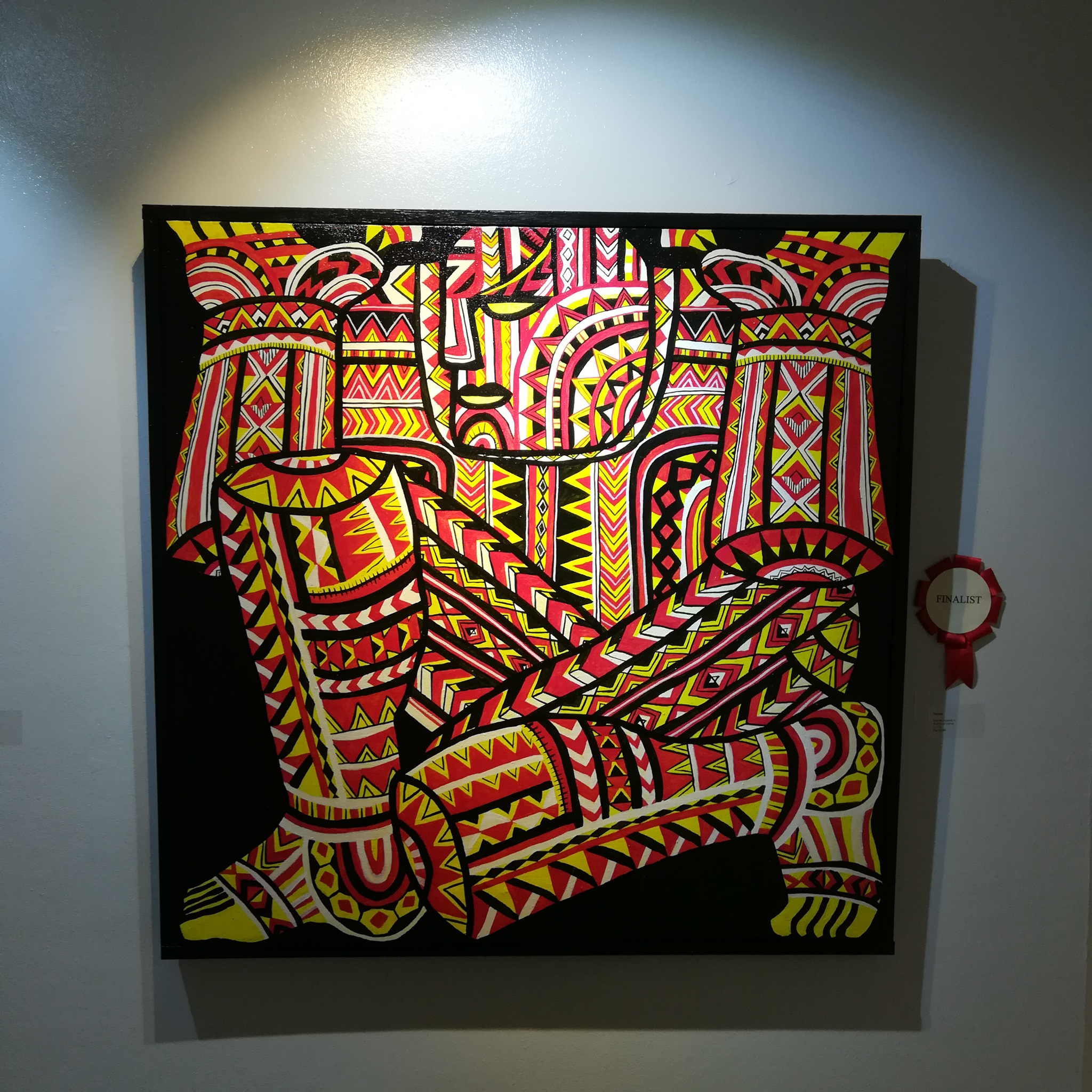
In fact, Armand said, his story as an artist exemplifies this belief. Before finally taking up Fine Arts in UP Cebu, he first completed a degree in Psychology in the same school.
He followed a pact he made with his nanay – to take up an employable college degree before pursuing his passion for painting. This was so he’d have a job to fall back on given the financial instability that may come with being a full-time artist.
“First-hand nako naexperience nga dependent gihapon ang artist sa panghitabo sa society. The mere fact ang rason nganong wala ko ug daghan pang taw ang wala dayon moventure sa arts as career due to economic reasons is already a manifestation nga bounded gihapon ta sa panghitabo sa katilingban,” he said.
(I experienced first-hand that the artist was dependent on the workings of society. The mere fact that the reason why I and many others hesitate to venture into arts as a career due to economic reasons is already a manifestation that we are all bound by what happens in society.)
Luckily for Armand, it was during his years as a psych student that he discovered his style.
Apart from pouring out his passion in school projects and presentations, he said that he stumbled upon his love for patterns during one of his personality courses. In that class, they tackled the meditative attributes of illustrating mandalas.
Culture of resistance
During years of exploring subjects and themes, Armand said he noticed among peers and colleagues in the art scene a common influence from the Western art canon. And so, he began to look into imagery from Filipino culture, such as textile patterns, tattoo motifs, the okir and any more.
If before the aspiring artist just drifted with the current, he started to read more about history which unravelled in him the artisan and the warrior.
For Armand, merely borrowing symbols from our forefathers and slapping these on a canvass was not enough. As homage to the “culture of resistance” that birthed intrinsic patterns and design, he found a way to carry the narrative forward into the present. He wants to tell the story of a Filipino people that continues to struggle despite many societal ills.
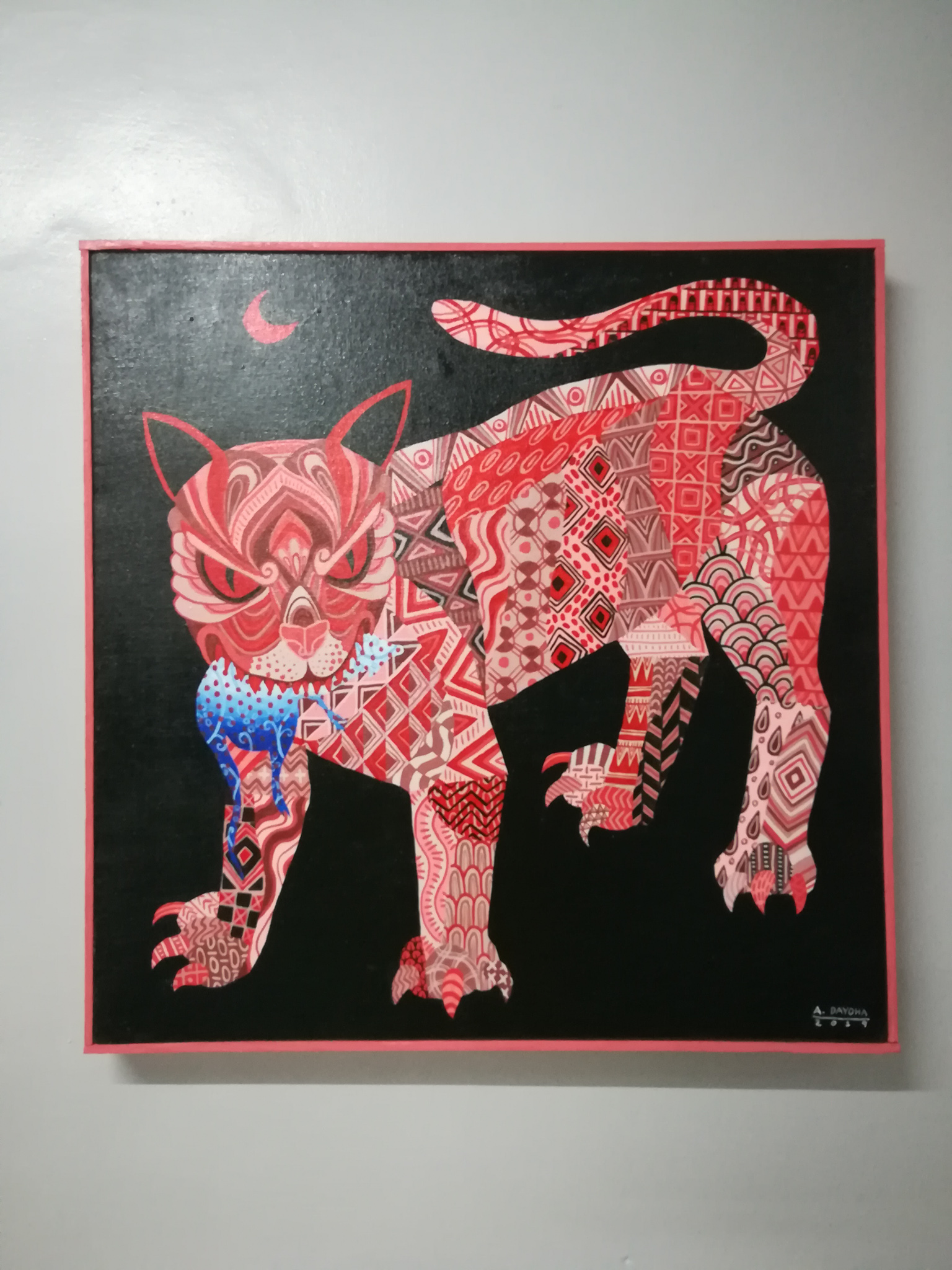
“Our history and culture as people is full of resistance and if we do not acknowledge and practice that, basin mahimo nalang archive sa kung kinsa ta, ug ang mga cultural resources nato mahimo nalang trophies without understanding their very essence,” he said.
(Our history and culture as people is full of resistance and if we do not acknowledge and practice that, we may become archives of who we once were, and our cultural resources may just become mere trophies without [us] understanding their very essence.)
“Basin mahimo nalang unya tang Filipino tungod kay nagsul-ob tag sanina nga naay indeginous motifs pero okay ra nato nga madisplace ang atong mga national minority,” he added.
(We might someday identify as Filipinos merely because we wear clothes bearing indigenous motifs. But when it comes to it, we’re fine with the displacement of our national minority.)
Art can’t change the world
Concerned mainly with issues like the displacement of indigenous peoples, landlessness, poor labor conditions and academic freedom, what Armand concluded was that art alone cannot change the world.
“Naa’y pangutana, can art change the world? Para nako, dili,” he said.
(There’s this question, can art change the world? For me, it cannot.)
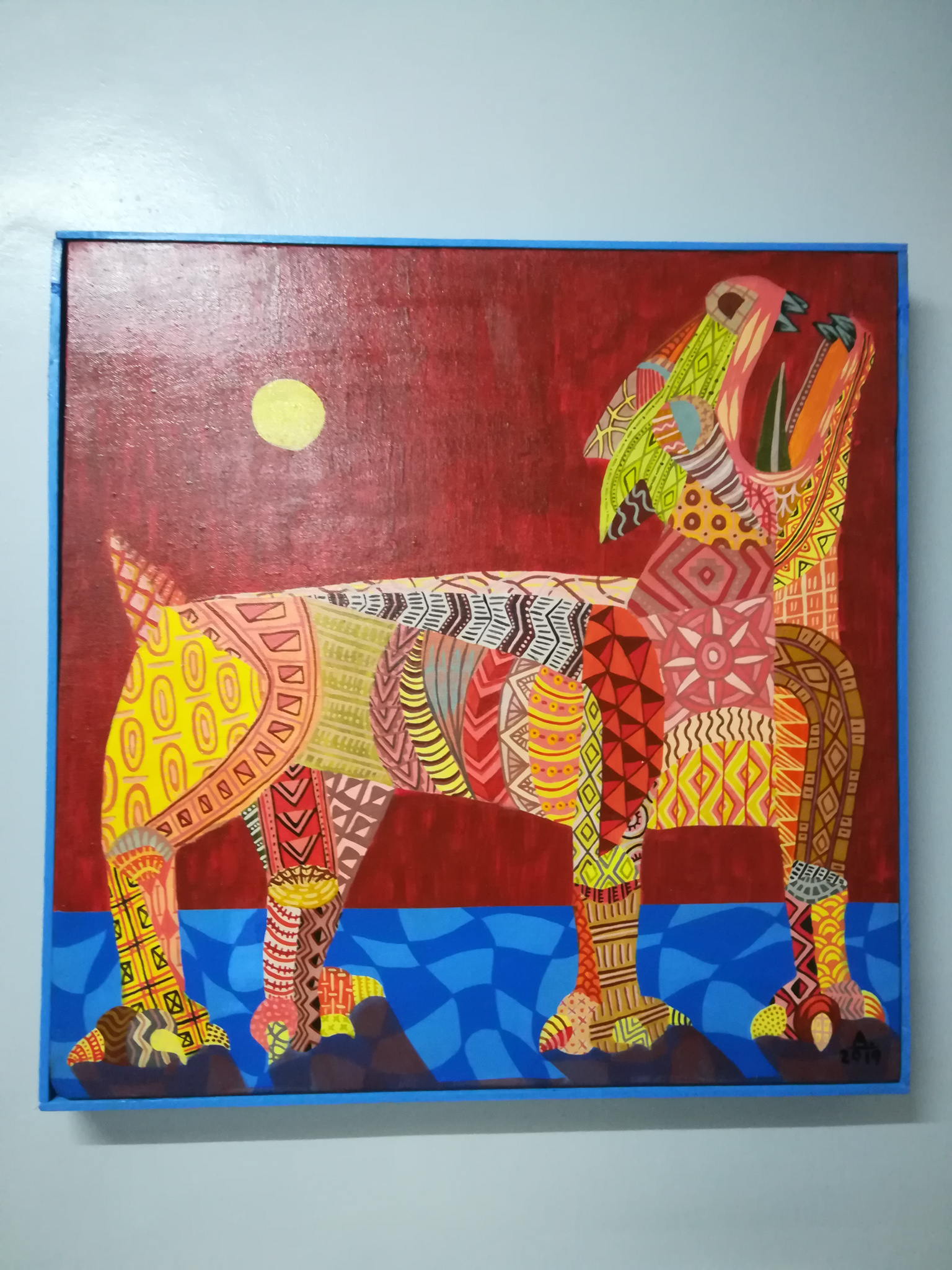
“Dili siya ang (it’s not the) decisive aspect that can change society. It can only promote and propagate the idea that there must be change, and the kind of change that needs to be done,” he explained.
At the end of the day, it must still be the warrior and the artisan, the activist and the artist, even the audience. While art inspires change, it is up to its audience to go out and grapple with it.
“Ang purpose sa art para nako kay makacontribute siya sa pag-umol ug pagmugna sa usa ka kultura nga wala nay pagpahimulos ug pagpanaugdaog,” Armand said.
(Art’s purpose for me, is to be able to contribute in the sculpting and creating of a culture without exploitation and oppression.)
But even Armand, who is known never to leave an inch of the canvas bare, sometimes has trouble painting that complete picture.
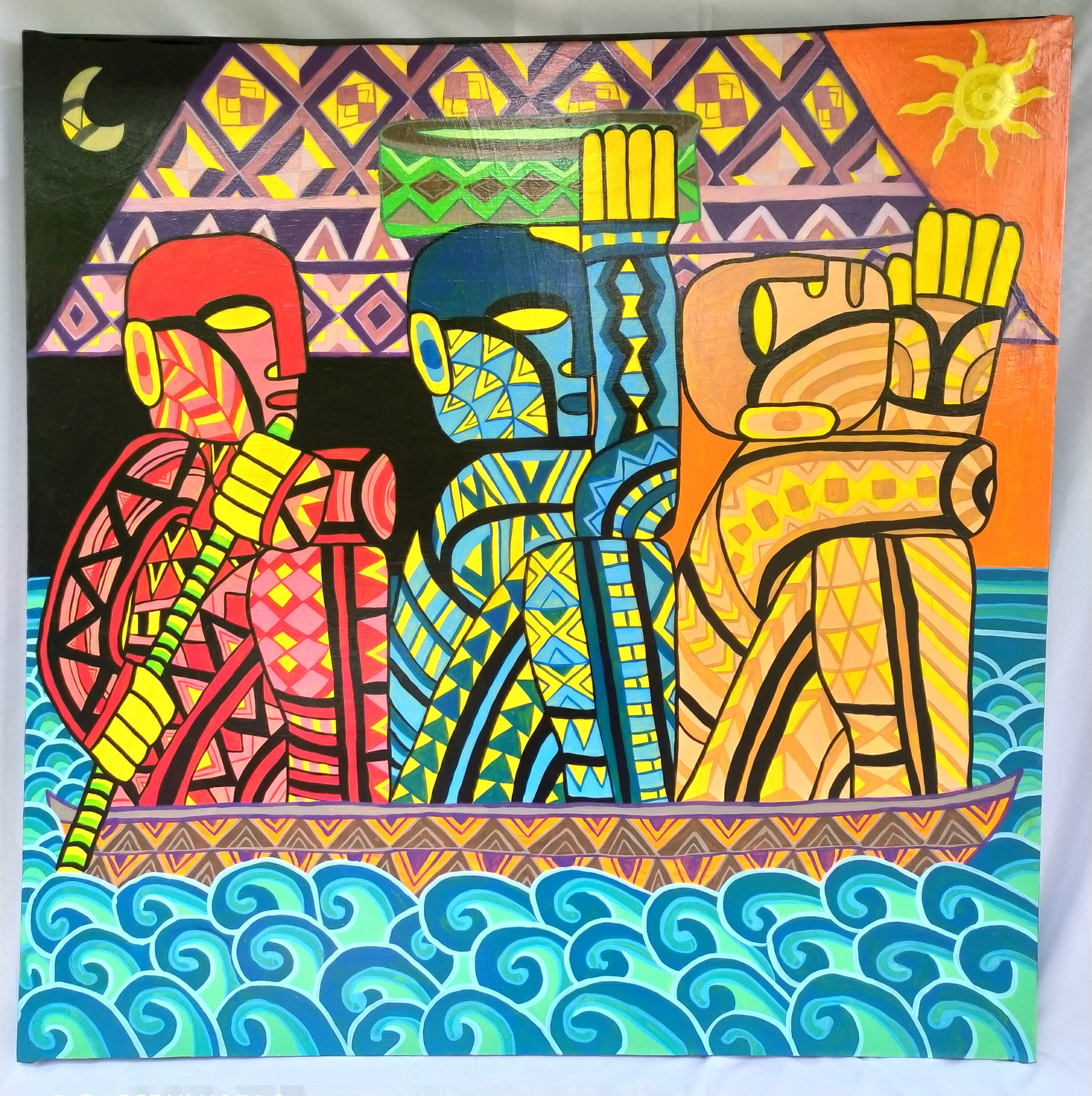
So he starts with this:
“Moabot ang panahon nga ang mga mag-uuma o kaha mamumuo nga gusto mahimong visual artist, iskultor, manunulat, mambabalak, o kaha singer o unsa pang klase sa alampat, kay makaangkon og igong kahigayonan sa pagkab-ot niini ug dili na mahikot sa ka wala’y yuta o kaha sa mubo nga suholan.”
(There will come a time when farmers, or workers who wish to be visual artists, sculptors, poets, or singers, or any other form of art, will have equal opportunities to reach this ambition because they won’t be tied to problems of landlessness or low wages anymore.) – Rappler.com
Add a comment
How does this make you feel?





There are no comments yet. Add your comment to start the conversation.